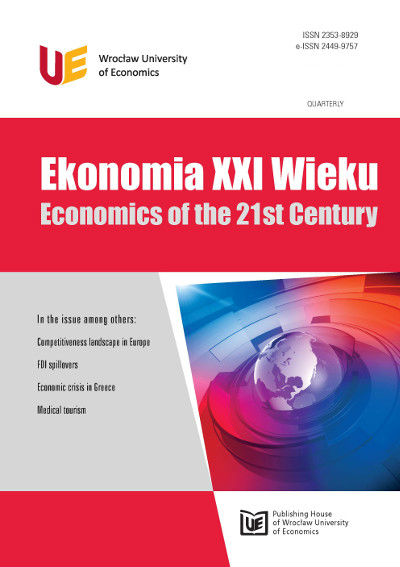Przemysł spożywczy w Polsce i jego baza surowcowa
Food industry in Poland as a raw material base
Author(s): Franciszek KapustaSubject(s): Economy
Published by: Wydawnictwo Uniwersytetu Ekonomicznego we Wrocławiu
Keywords: food industry; material resources; production; purchase; cooperation; processing
Summary/Abstract: The aim of the study was to characterize the changes in the way of obtaining food by man, showing the development of food industry and the specific nature of its actions, to define renewable raw materials base, to characterize the volume of production and purchasing basic agricultural products in 1990, 2000 and 2010, to show the changes in the sizes of concentration the production of basic agricultural products in 2002 and 2010 and to characterize changes in the forms of food industry supply of agricultural raw materials. The paper is based on the literature compact and continuous research and statistical information. The satisfaction of human needs has a long history, and food is among these needs in the first place. The invention of methods of food preservation formed the basis for the development of food industry. The food industry is an economic activity involving the processing of agricultural products into finished or semi-finished food products and fodder using industrial production methods. According to the European Classification of Activities it is Chapter 15, “Manufacture of food products and beverages” which includes nine groups (industries) of activities. The beginnings of the development on Polish lands date back to the turn of the eighteenth and nineteenth centuries. Previously, farmers and artisans dealt with the processing of agricultural raw materials. Today, the food industry produces approx. 20% of sold production of industry, employs approx. 14% of the staff and participates in approx. 10% of investment. It is subject to transformations in which the number of micro, small and medium-sized entities is reduced, and the number of large entities is increased. Similar changes occur in the number of employees: the value of the total production sold and from small, medium and large entities increases, and from micro-entities decreases. Agriculture is a source of renewable raw materials used for different purposes, while their use by food industry to produce food is at the forefront. Relatively stable demand for food products is accompanied by the variable supply of raw materials. In addition, these materials are characterized by a diverse durability. Therefore there is a need to develop various forms of cooperation between primary producers and processors to ensure their rhythmic delivery, because this ensures efficient processing. The various branches of the processing industry develop various forms of cooperation with the manufacturers of raw materials. There are spatial, organizational, technological and economic ties between processing units and primary producers. The production of raw materials is subject to fluctuation and concentration: the number of manufacturers of individual products is reduced and the scale of production is increased. All this is aimed at attracting more better quality and easier accessible resources to processors. In terms of supplying processing plants with raw materials, in principle there are three
Journal: Ekonomia XXI Wieku
- Issue Year: 2015
- Issue No: 06
- Page Range: 9-27
- Page Count: 19

